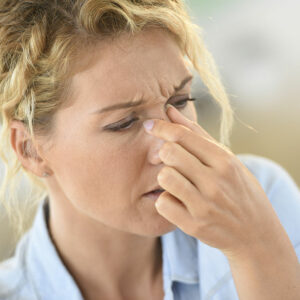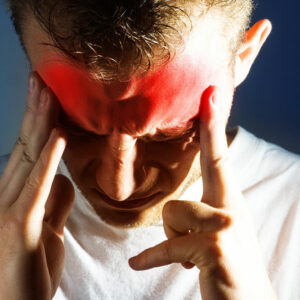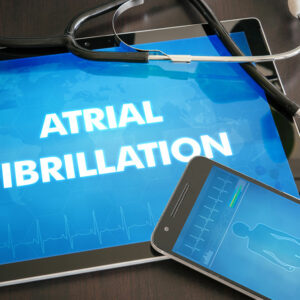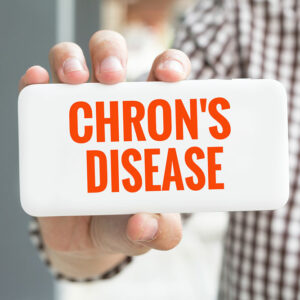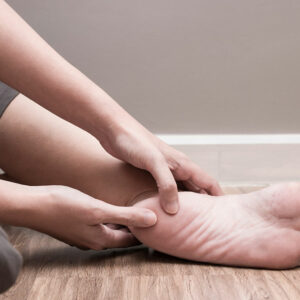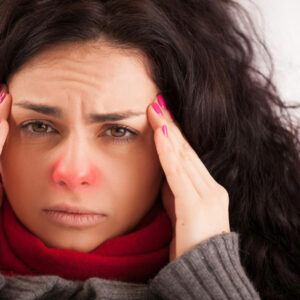
01
A Guide to Uric Acid and How to Lower Uric Acid Levels
Uric acid is a compound that consists of the elements carbon, nitrogen, hydrogen, and oxygen. The composition is such that six carbon atoms combine with four hydrogen atoms, four nitrogen atom, and three oxygen atoms to form a molecule of uric acid. It is a component found normally in urine. It is created when the body breaks down compounds called purines. A higher level of uric acid in one’s urine is suggestive of the fact that there is a kidney disease. Uric acid levels in the urine increase if the patient is subjected to treatment that results in weight loss, such as chemotherapy. Some of the primary foods that contain a high level of purines are mackerel, dried beans, dried peas, liver, anchovies, beer, etc. A high level of uric acid concentration in the blood of the human body is termed as hyperuricemia. This is also a concerning cause of kidney stone and it can lead to gout (a form of inflammatory arthritis). Symptoms of higher/lower uric acid levels There are various symptoms that are easily attributable to higher uric acid levels. However, in the case of lower uric acid levels, there are not many directly identifiable symptoms. Also, due to the occurrence of lower uric acid levels in the world population being only about 0.5%, the symptoms are barely recognized and so, solid medical experience is required to distinguish and pinpoint the deficiency. Lower uric acid levels might be due to the existence of Wilson’s disease (abnormal accumulation of copper in vital organs), Fanconi syndrome (reabsorption of waste products by the bloodstream, allowed by the kidney). Low consumption of food that lacks in purine also results in the lower uric acid levels. This is called hypouricemia. The symptoms for hypouricemia are bone pain or feeling weak (due to Fanconi syndrome), dehydration due to the excessive passing of urine from the body.
Read More 
